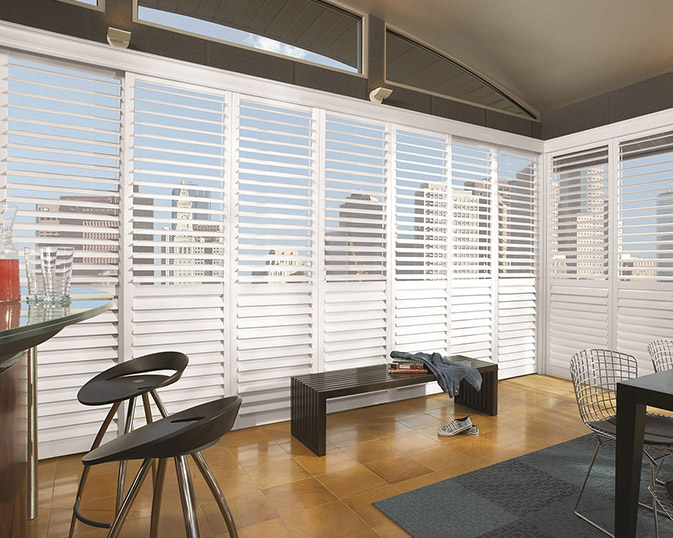The concept of breathable windows has its roots in European royal architecture, where before the advent of glass panes, intricately designed wooden structures were installed at the base of window frames to invite fresh air and sunlight into the interior while folding discreetly when not needed, perfectly blending with the opulent decor.
In today's market, breathable windows distinguish themselves from blinds as a more robust and stable option, adeptly managing light control, enhancing privacy, and serving as an elegant home accent. These versatile features have made them particularly popular in Europe and America, representing a high-end choice for window adornment.

Breathable windows come in diverse shapes and designs such as rectangular (standard), arched, circular/semi-circular, bay, peacock-inspired, sliding, and French door styles, each crafted from materials like solid wood, plastic, bamboo, or aluminum alloy.
Their composition varies depending on their design and purpose, typically including components such as outer frames, adjustable louvers, side frames, upper and lower rails, dividers, pull rods, T-columns, hinges, and other hardware parts. For sliding variants, there are additional features like tracks and associated attachments.
To make an informed decision when purchasing breathable windows, follow these expert tips:
1. **Seamlessness and Performance**: Scrutinize how tightly the profiles fit together and how smoothly the window operates without generating noise. Lower quality products often result in noisy and uneven movement during use.
2. **Secure Fasteners**: Ensure that the manufacturer uses sturdy pressure steel rivets rather than regular ones. The substitution of cheaper alternatives can lead to loose fittings and potential detachment over time.
3. **Glass Safety Compliance**: Given that some types of breathable windows lack internal framing, it is vital that the glass meets stringent national safety standards. Be wary of manufacturers who compromise safety by using standard tempered or even semi-tempered glass to reduce costs.
4. **Manufacturer Expertise and Post-Sales Support**: It's critical to assess the technical proficiency of the manufacturer, especially since designing, manufacturing, and installing breathable windows require specialized knowledge. This becomes even more crucial for complex installations involving irregular spaces. Furthermore, a well-rounded after-sales service is the cornerstone of ensuring the durability and quality of your investment in a breathable window system.

